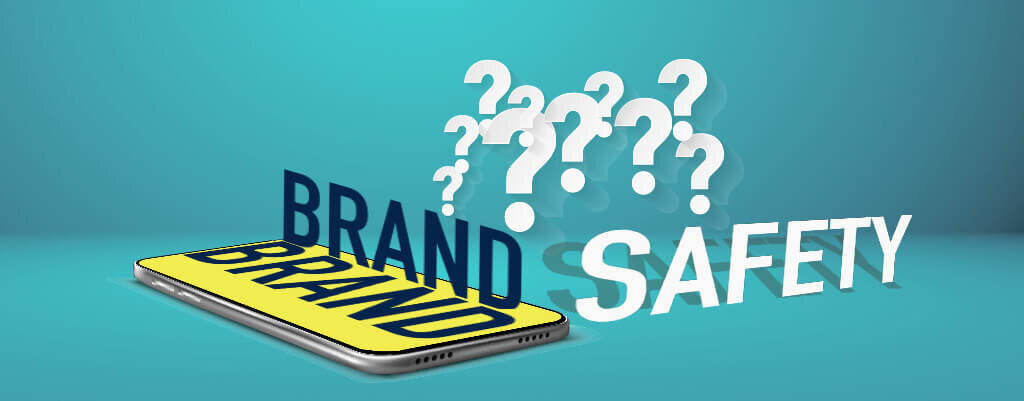What does Brand Safety Mean in 2022?
PUBLISH DATE: 08 August 2022
These days, brand safety is at the forefront of many advertisers. Once, the concept of brand safety was simple as it was the considered brands to display their ads during the correct TV show. The switch to online and saturation of content has made it harder for brands to control when and where their messages are placed.
The term ‘brand safety’ is often associated with placing ads under the right content. But for many, it also means finding ways to avoid ad fraud. Advertising fraud wastes ad dollars and supports bad publishers, in return benefiting the industry and consumers to mitigate fraud.
With pandemic and other world conflicts, it has become even harder as there has been a spike in screen time for the people to check the websites or social media for obtaining information. Internet, one of the greatest inventions has proven to be the budding ground for fake news and conspiracies, leading to increase in harmful content appearing on Youtube. The largest video platform has already deleted millions of irrelevant and potentially dangerous content or videos related to pandemic, violence, but that has not stopped brands from pulling ads on such videos. [You may also like: Seven Practices to Ensure Brand Safety on Different Channels]
There are much more expectations from the brands and they are now not in a position to stay in sidelines on social issues. In a 2020 survey, 60% of U.S. consumers wants the brand they buy from to take a stand on social issues. Considering the survey, many brands have started donating to humanitarian organizations or post on social media sharing their opinion on different issues. This changing consumer sentiment clearly points out that brand safety & suitability strategies require a different nuance in today’s time.
What can companies do ensure that brand safety? Furthermore, how can they ensure that their content is placed in context with their values and brand image? It is believed to be a much harder practice to ensure brand safety if an advertiser’s content do not align with the context or with the relevant audience. There is where contextual targeting comes into play.
Contextual advertising uses artificial intelligence to deliver ads on relevant websites and target the relevant audience without the use of third-party cookies. Contextual AI offers an environment which is suitable for advertisers whose values and ideas fit with their own. Contextual targeting works by placing ads on editorial pages, which is considered important as these are the most ‘brand safe’ environment for advertisers. This AI technology is capable of identifying objects, brands, actions, words, audio, faces and more. (P.S. Mirrors by Silverpush is one such technology that offers in-video context identification and delivers your ads to the targeted audience in a brand safe and suitable environment).
The challenge of achieving brand safety is one that brands can never overcome. However, by prioritizing the importance of brand safety, and having an open mind to embrace new technologies such as Mirrors by Silverpush – a contextual AI technology, advertisers can maximize their chances of delivering and monetizing the ads to the targeted audience safely while building valuable trust for new consumers as well.







